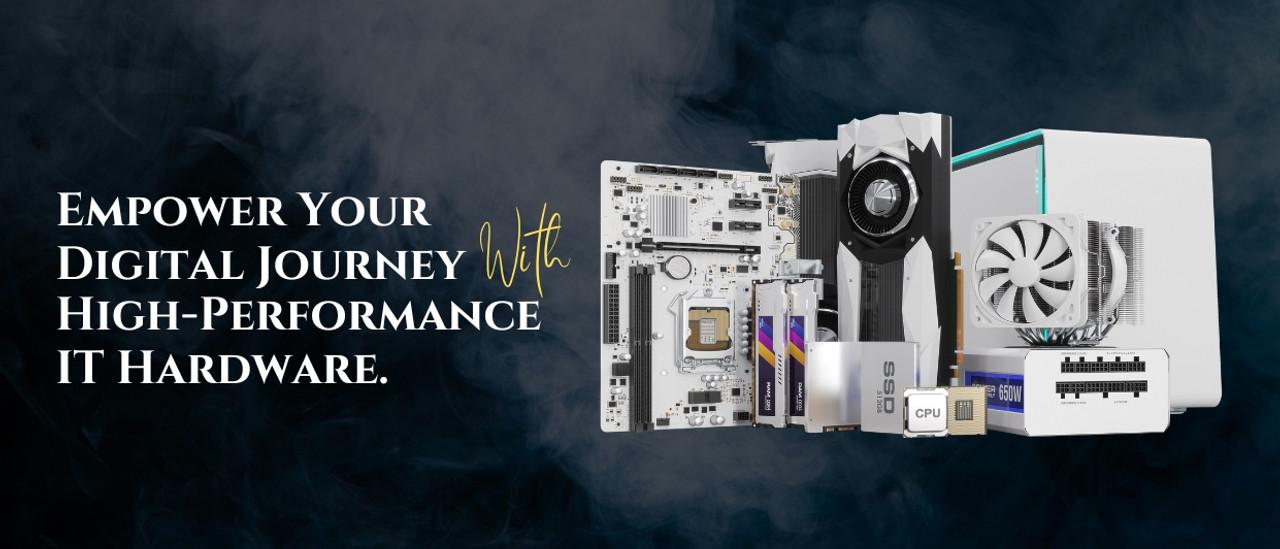Firewire, also known as IEEE 1394, is a high-speed interface developed in the 1990s by Apple and standardized by the IEEE. It was designed to transfer large amounts of data quickly and efficiently between digital devices. Firewire devices include camcorders, external hard drives, audio interfaces, and professional video equipment. These devices rely on Firewire ports to establish a direct and fast connection to computers and other systems.
The Power Behind Firewire
Unlike USB, Firewire supports peer-to-peer communication, which allows devices to interact with each other without involving the computer’s CPU. This reduces latency and boosts performance, making Firewire a popular choice for video editing professionals and musicians who rely on low-latency audio recording. The most common versions—Firewire 400 and Firewire 800—offered data transfer rates of 400 Mbps and 800 Mbps respectively, outperforming many of their contemporaries in real-world performance.
Key Applications of Firewire Devices
Firewire devices gained popularity in industries requiring high-speed, stable data transfer. Digital video camcorders were among the earliest adopters, benefiting from Firewire’s ability to transmit full-motion video without frame drops. In the audio world, Firewire audio interfaces allowed musicians to record multiple channels with minimal delay, long before USB caught up in performance. Graphic designers and video editors frequently used external Firewire drives for storing and backing up large project files.
Is Firewire Still Relevant?
Although Firewire has largely been phased out in favor of USB 3.0, Thunderbolt, and USB-C, many legacy systems still rely on Firewire devices. Professional studios and archives may continue using Firewire for compatibility with older hardware. Firewire to USB or Thunderbolt adapters can help bridge the gap, allowing modern computers to interface with these devices when needed.
Final Thoughts
Firewire devices played a pivotal role in the evolution of digital data transfer. Known for their speed, reliability, and ability to handle high-bandwidth tasks, they remain a testament to how innovative interfaces can shape entire industries. While newer technologies have taken center stage, Firewire’s impact is still felt in areas where precision and performance matter most.

